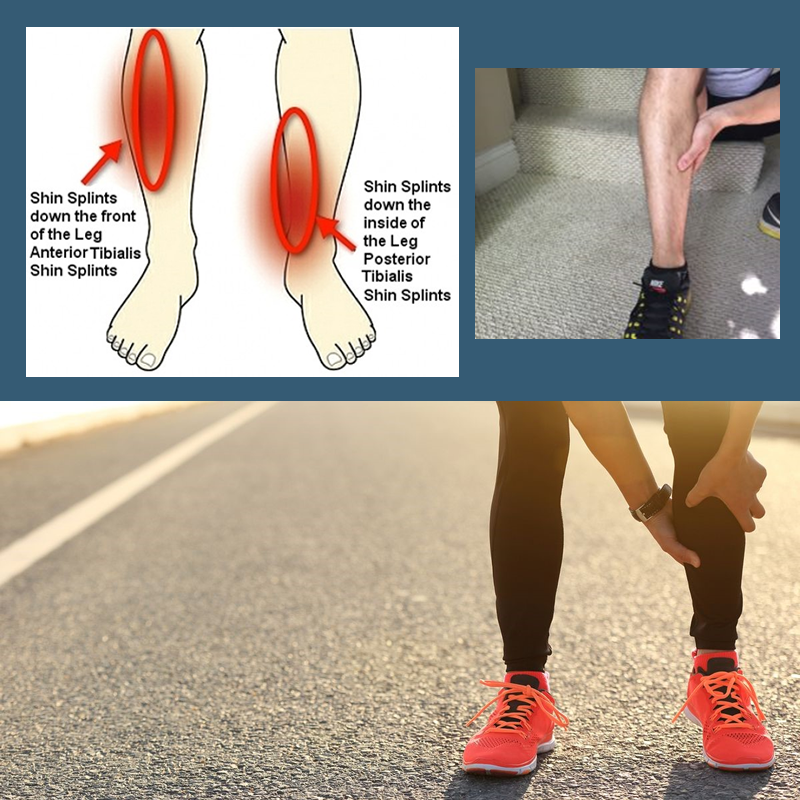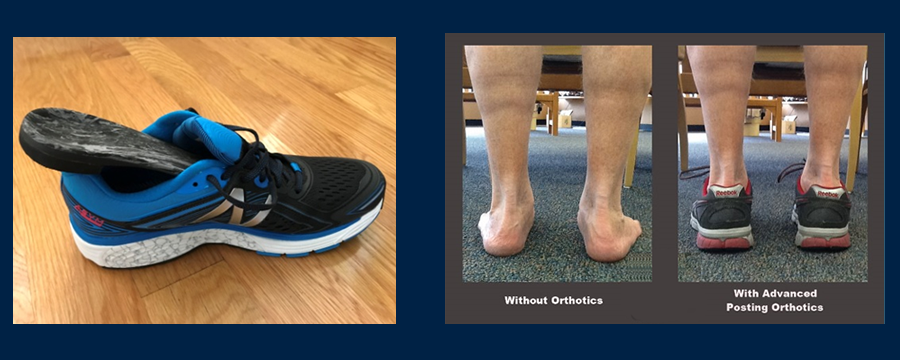
Shin splints, formally called "Tibial Stress Syndrome," (TSS) are described as pain (inflammation of the muscles, tendons, and periosteum/bone tissue) that is felt along the edge of the shin bone, the large bone in the lower leg known as the "tibia." Shin pain can also be experienced along the top of the leg in the area of the tibialis anterior.
The term Medial Tibial Stress Syndrome (MTSS) describes anterior shin pain along the inner border of the tibial as a result of overuse. "Periostitis (inflammation of the periosteum-lining of the bone), medial tibial stress syndrome (MTSS), and tibial stress fracture are all a continuum of injuries that occur from exercise-induced shin pain." https://www.brighamandwomens.org/assets/bwh/patients-and-families/rehabilitation-services/pdfs/ankle-tibial-stress-injuries.pdf
Shin splints result when muscles, tendons, and bone tissue become inflamed due to overuse. The primary symptom is a diffuse pain that occurs during activity along the inside part of the middle and lower part of the leg. The early stages of shin splints present with pain that occurs at the beginning of exercise get better during exercise but return at the conclusion of the activity. In the later stages, pain can occur at the beginning, remain during and linger long after exercise has concluded if the stress level is high enough, repetitive enough and the condition becomes chronic.
Chronic stress or tension of the soft tissue (muscle, tendon, and fascia) can produce a stress reaction of the bone known as a "Tibial Stress Fracture." This occurs when there is not enough recovery time between exercise bouts and or the body has difficulty remodeling bone at a rate fast enough to adapt to the mechanical stresses placed on it. Patients whose shin splints or tibial stress injuries have progressed will experience pain that intensifies with training, persists at rest, and can be uncomfortable even while sleeping. Individuals experiencing "focal" pain (pain in a specific area rather than diffuse pain)and experiencing night pain should seek medical attention.

Flat feet (pes planus) can cause excessive stress on lower leg muscles (tibialis anterior, tibialis posterior, gastroc/soleus) during exercise. As such, they can contribute to shin splints, medial tibial stress syndrome, and tibial stress fractures. These conditions can be especially painful during weight-bearing exercises involving running, jumping, quick changes in direction, or uneven surfaces. Sports such as basketball, soccer, volleyball, ballet, aerobics, and military boot camps are examples of activities that can produce a high degree of stress to the lower leg anatomy.
Postural alignment and subsequent kinetic chain function can be affected by having both flat feet (pes planus) or high arches (pes cavus). Addressing postural alignment issues along with kinetic chain function can help alleviate chronic tibial stress. Foot orthotics are recommended to help align and stabilize the foot and ankle reducing the biomechanical stress placed on the anatomical structures of the lower leg during activity. Proper shoe wear is also necessary to help alleviate shin splint symptoms.
Sole Remedy can evaluate your foot type, postural alignment, and kinetic chain function to help you get relief from tibial stress discomfort. Call today for an appointment!
Sole Remedy specializes in gait analysis, foot type assessment, musculoskeletal injury management and fall prevention.
Phone: 508-295-8800 or 855-FOOT RX 9 to schedule an appointment today!
